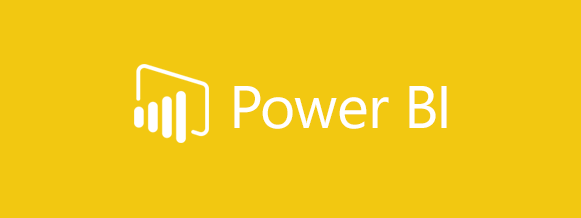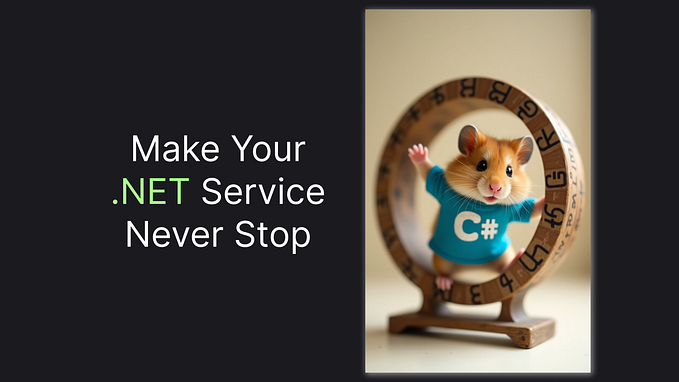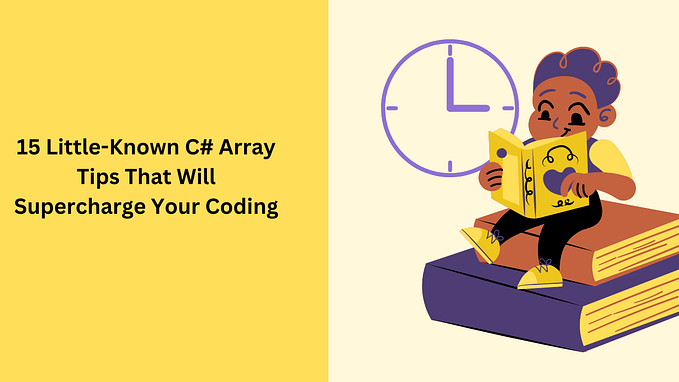C# — functions

Functions are blocks of code that we can encapsulate for further use. Instead of copying and pasting the same code over and over. We can use a function and reuse it in a more concise and handy way. Here are few examples:
A function can return a value or do some work and return nothing.
The first function returns a double typed number.
static double ReturnNumber(bool condition, double number01, double number02)
{
double finalNumber = 0;
if (condition)
{
finalNumber = number01 + 15;
}
else
{
finalNumber = number02 + 25;
}
return finalNumber;
}
double returnedNumber = ReturnNumber(false, 5.5, 8.5) + 55;
Console.WriteLine(returnedNumber);Let’s disassembly the function. The ReturnNumber named function returns a double valued type. There are three input parameters: bool condition, double number01, double number02. A function definition checks the first parameter then assigns a proper value to a finalNumber variable then returns it.
In a program code, outside the function. The function is called and assigned to a returnedNumber double typed variable.
If you don’t want to return any value and make the function to do some work you can use a “void” modifier.
static void ReturnText(int choose, string sentencePart01, string sentencePart02)
{
string finalSentence;
switch (choose)
{
case 50:
finalSentence = $"A sentence part 01: {sentencePart01}, Sentence part 02: {sentencePart02}.";
break;
case 100:
finalSentence = $"A sentence part 01: {sentencePart02}, Sentence part 02: {sentencePart02}.";
break;
default:
finalSentence = "Only a sentence.";
break;
}
Console.WriteLine(finalSentence);
}
ReturnText(50, "Part01", "Part02");The “void” parameter means that the function doesn’t return any value. And an above example indeed does it. When you call it. It concatenates two parameters depending on a condition. Then simply print the variable to a console.
You might wonder whether it is possible to put a function as another function parameter. The answer is yes. It is possible. There are two ways.
Let’s assume we have a list of numbers we want to iterate. Then make a calculation and return a sum of the numbers.
We will create a new function and reuse the previous ReturnNumber function.
List<double> list01 = new List<double>{155.5, 255.6, 355.7};
static double Functions01(Func<bool, double, double, double> function01, List<double> list01)
{
double value01 = 0;
foreach (double item in list01)
{
value01 = value01 + function01(true, item, 2.5);
}
return value01;
}
Console.WriteLine(Functions01(ReturnNumber, list01));The ReturnNumber function is the first parameter of the Functions01 function. Func<bool, double, double, double> means that the ReturnNumber function input is bool, double, double and returns a double type (the last one).
There is a second way to do the same stuff. We can use delegates.
public delegate double FunctionDelegate(bool c, double n01, double n02);
List<double> list01 = new List<double>{155.5, 255.6, 355.7};
static double Functions02(FunctionDelegate function02, List<double> list01)
{
double value01 = 0;
foreach (double item in list01)
{
value01 = value01 + function02(true, item, 2.5);
}
return value01;
}
Console.WriteLine(Functions02(ReturnNumber, list01));Firstly, we create a delegate named FunctionDelegate. Then place the delegate as a parameter of the function.
Here is an output of four previous functions:

Now, we create a real-world example. In this post, we’ve been calling an MS Fabric REST API from a C# code: C# and Power BI REST API
In order to create an authentication token and obtain an Http client we placed the code inside an application. This is a good candidate to put it in a function and reuse depending on our needs.
static HttpClient AzureCredentialFabric(bool readMode, string tenantId, string clientId, string secret)
{
string token;
if (readMode) // Type of a credential we want to use
{
var credential = new ClientSecretCredential(tenantId, clientId, secret); // A service principal
token = credential.GetToken(new Azure.Core.TokenRequestContext(new[] { "https://analysis.windows.net/powerbi/api/.default" })).Token.ToString();
}
else
{ // Authenticate first: az login --scope https://graph.microsoft.com/.default --allow-no-subscriptions or use an Azure credential
var credential = new ChainedTokenCredential(new AzureCliCredential(), new DefaultAzureCredential());
token = credential.GetToken(new Azure.Core.TokenRequestContext(new[] { "https://analysis.windows.net/powerbi/api/.default" })).Token.ToString();
}
// An http client with enriched witch a Bearer token.
HttpClient client = new HttpClient();
client.DefaultRequestHeaders.Authorization = new System.Net.Http.Headers.AuthenticationHeaderValue("Bearer", token);
return client;
}
HttpClient client = AzureCredentialFabric(true, "3*****7", "e*****4", "Z*****J");
// A call to an MS Fabric REST API
var workspacesResponse = client.GetStringAsync("https://api.powerbi.com/v1.0/myorg/groups");
Console.WriteLine(workspacesResponse.Result);And here is the code on GitHub.
If you want to look how to work with object then feel more than welcome in here: C# — objects. C# is an object oriented programming… | by Michal Molka | Nov, 2024 | Medium








